Here are the must-visit best historical sites to visit in Japan. Check it out!
Journey through time in Japan! From ancient temples to samurai castles, this guide unveils the must-see historical sites. Immerse yourself in the rich past, explore architectural wonders, and discover the stories that shaped the nation we know today.
Page Contents
Best Historical Sites To Visit In Japan
Todai-ji Temple and Nara Park, Nara
Nara, Japan’s ancient capital, hosts Todai-ji Temple, home to the colossal bronze Buddha, Daibutsu, the world’s largest. Step into serenity at Nara Park, where sacred deer roam freely, adding a unique charm to this historic site.
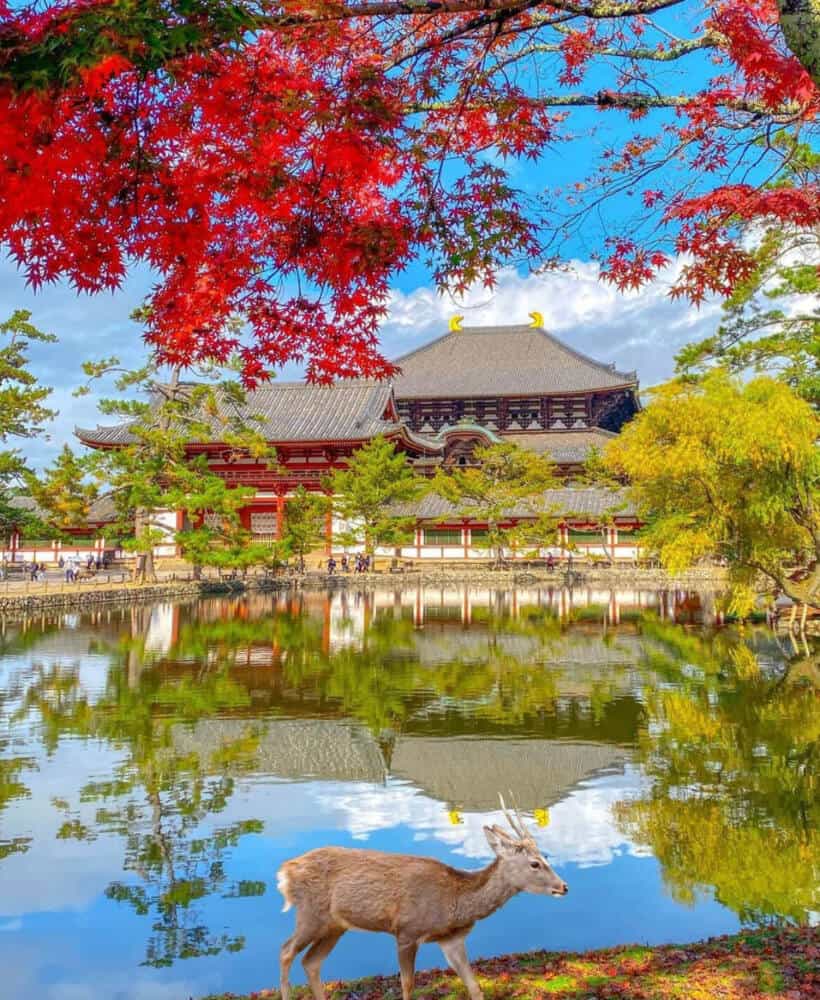
As you bow to these friendly creatures, you’re transported to a tranquil realm, resonating with centuries of cultural significance.
Kiyomizu-dera Temple, Kyoto

Perched on the eastern hills of Kyoto, Kiyomizu-dera Temple offers breathtaking views of the city. The iconic wooden hall, suspended on pillars, provides a spiritual journey.
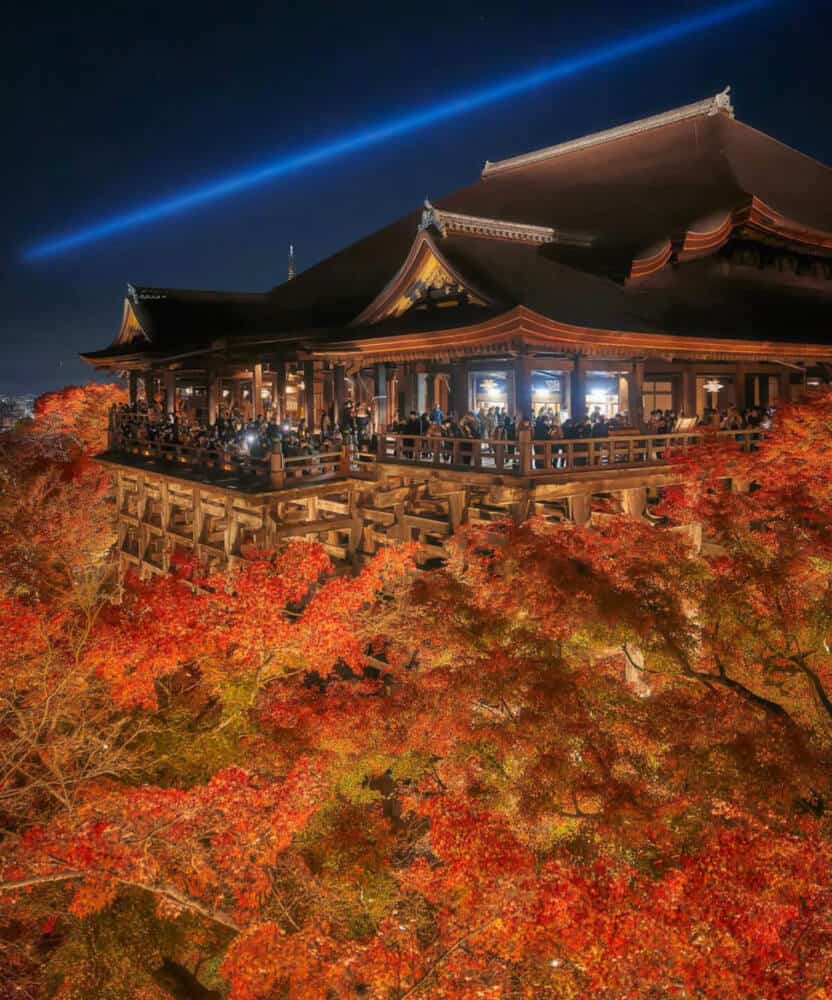
Seek blessings from the Kannon statue, and don’t miss the sacred “kiyomizu-dera mizu” spring water, believed to bring good health and longevity.
Hiroshima Peace Memorial Park and Museum, Hiroshima
A poignant symbol of resilience, Hiroshima Peace Memorial Park houses the haunting A-bomb dome.
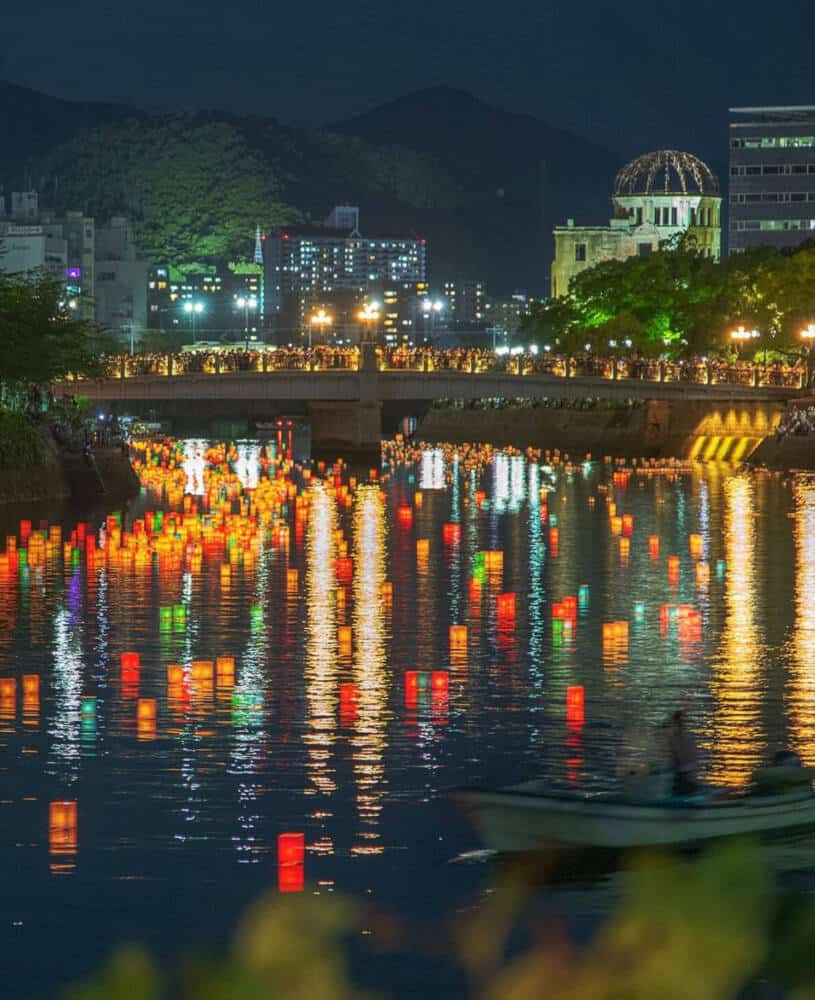
The accompanying museum delves deep into the horrors of war, fostering a profound reflection on humanity’s capacity for both destruction and rebuilding. This historical site stands as a solemn reminder of the need for peace and understanding.
Fushimi Inari-taisha Shrine, Kyoto
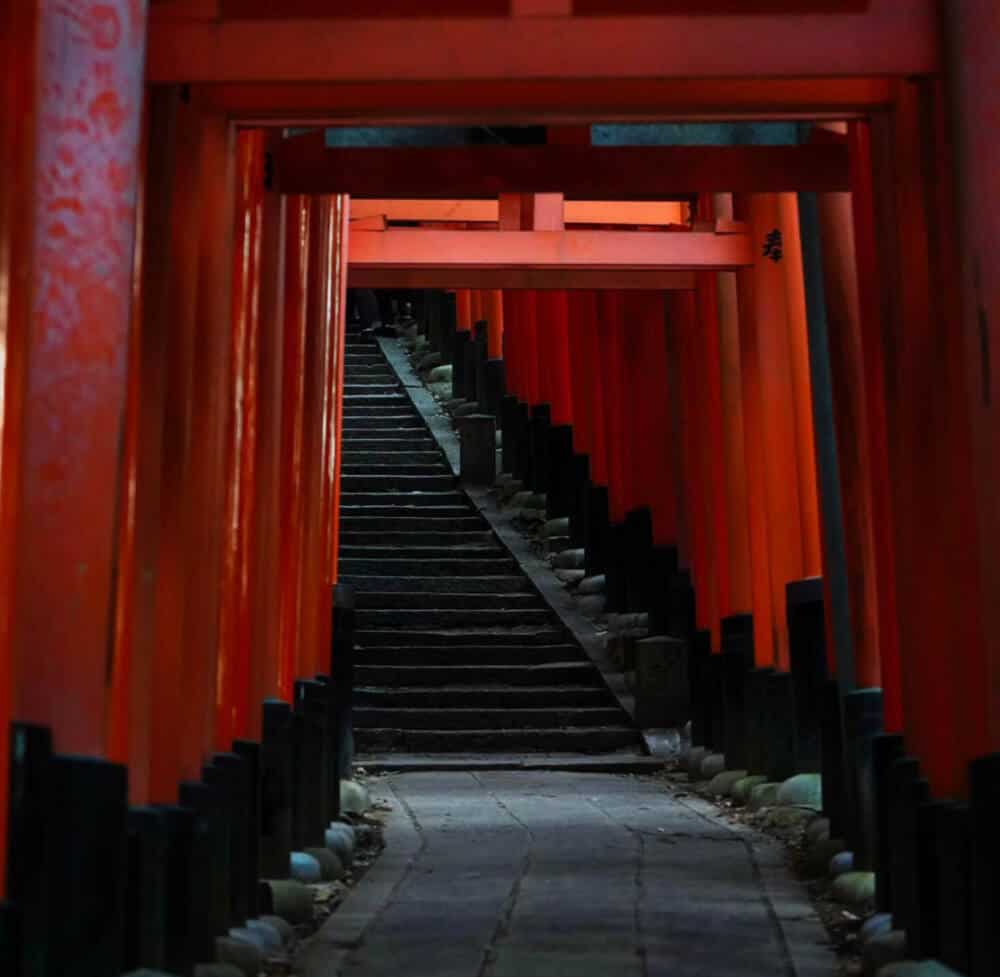
Embark on a mesmerizing journey through Fushimi Inari-taisha Shrine, where thousands of vermilion torii gates create a mystical path up Mount Inari.
Each gate, donated by individuals and businesses, contributes to an awe-inspiring visual spectacle. The vibrant atmosphere and panoramic views from the mountaintop make this shrine a must-visit.
Osaka Castle, Osaka
Osaka Castle, a symbol of the city’s resilience, unfolds a rich history within its walls. This Japanese museum showcases artifacts from the Edo period, offering a captivating glimpse into Japan’s past.
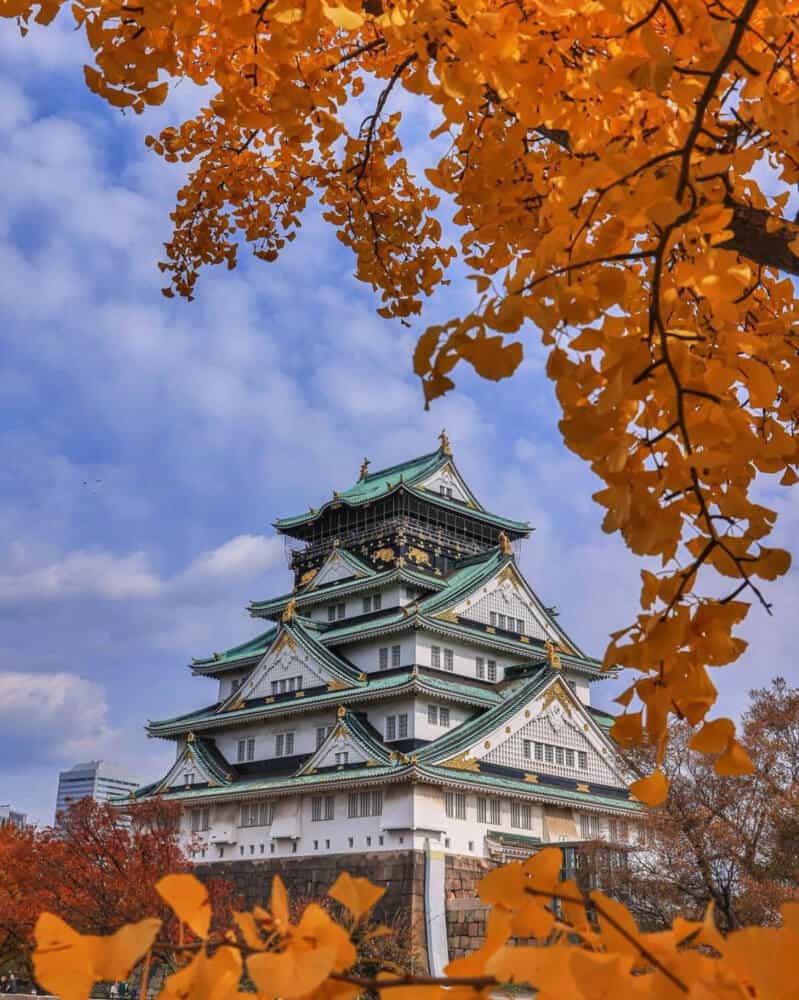
Ascend to the top floor for a breathtaking panorama of Osaka, revealing a city that has thrived through adversity.
Meiji Jingu Shrine, Tokyo
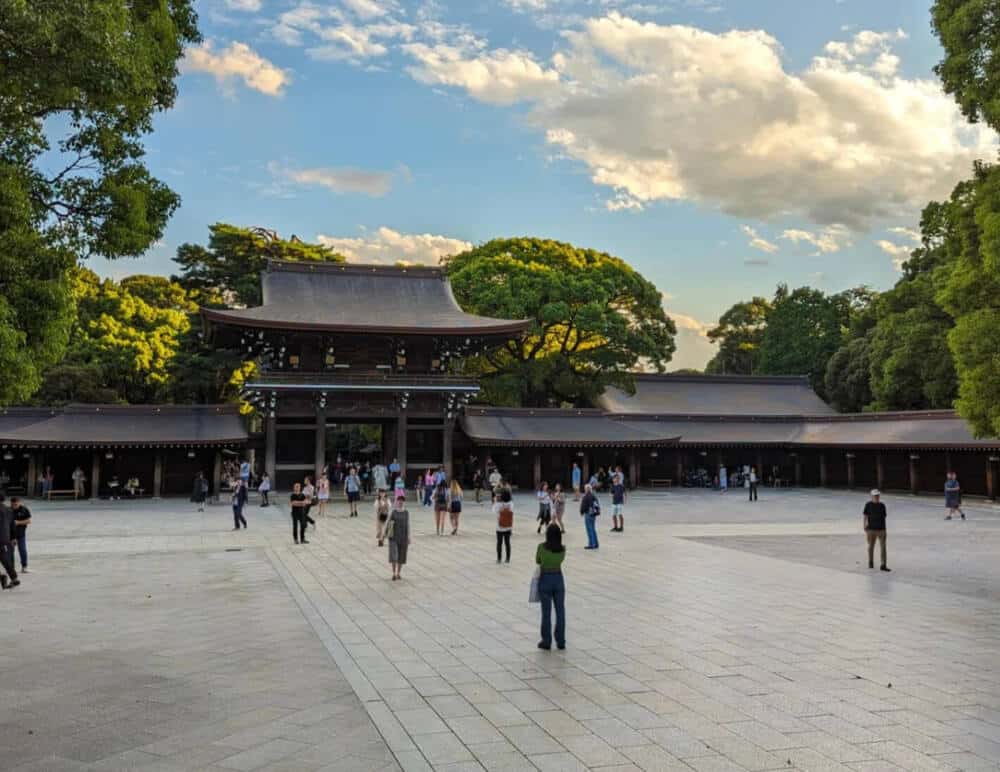
Escape the bustling metropolis of Tokyo and find solace at Meiji Jingu Shrine, nestled within a serene forest. The towering trees, traditional Shinto architecture, and tranquil pathways create a harmonious atmosphere.
This shrine, dedicated to Emperor Meiji and Empress Shoken, provides a spiritual retreat in the heart of the vibrant city.
Kamakura Great Buddha, Kamakura
Marvel at the monumental Kamakura Great Buddha, housed within Kotoku-in Temple. This colossal bronze statue, dating back to the 13th century, exudes a sense of awe.
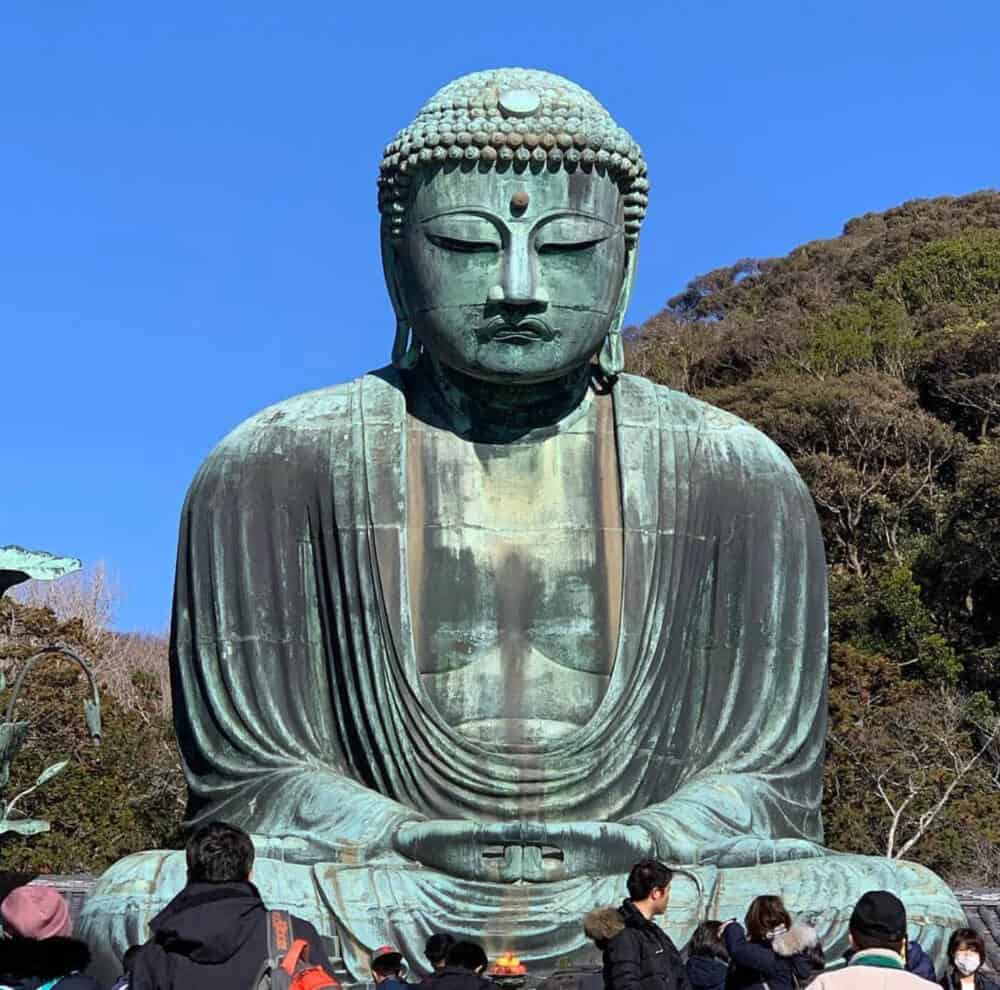
Visitors can enter the hollow interior for a unique perspective, while the nearby Hokokuji Temple’s bamboo garden adds to the charm of this historic site.
Himeji Castle, Hyogo
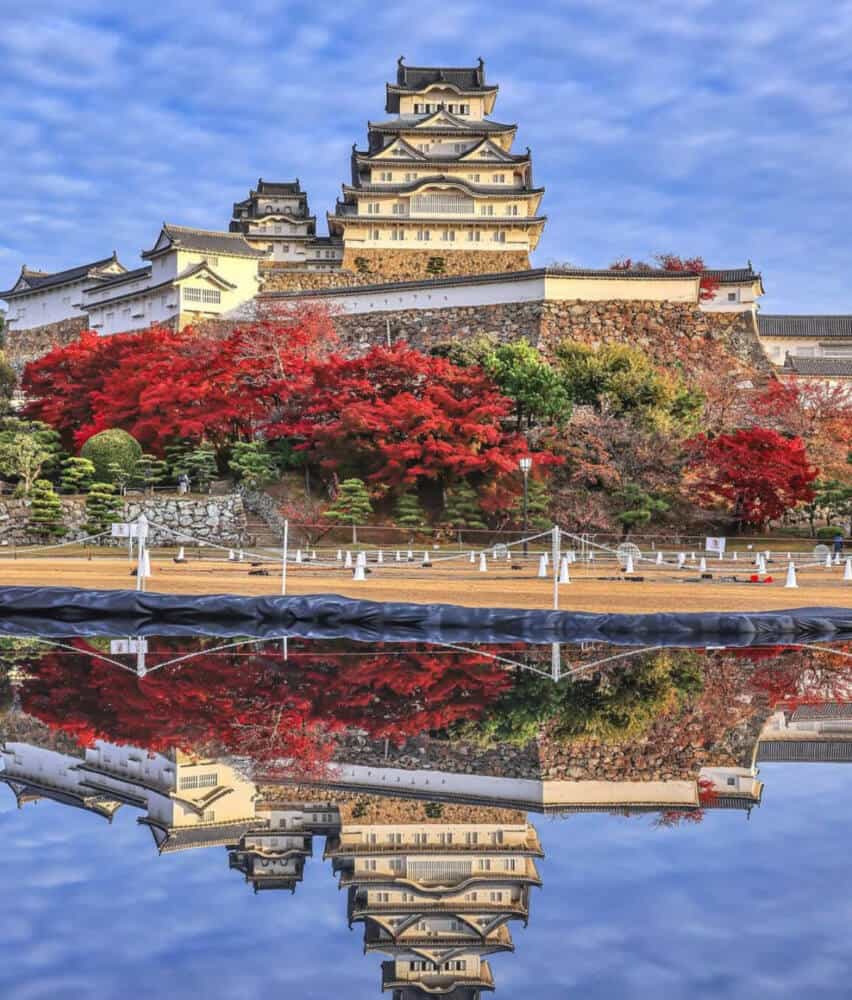
Regarded as the “White Heron Castle” for its elegant facade, Himeji Castle is a UNESCO World Heritage Site. Intricate wooden corridors and chambers beckon visitors to explore the castle’s interior, while the climb to the top rewards with panoramic views of the surrounding countryside.
Samurai District, Kanazawa
Kanazawa’s Kenroku-en Garden, one of Japan’s Three Great Gardens, transports visitors to the Edo period. Traditional pavilions, teahouses, and meticulously manicured landscapes embody the essence of Japanese garden culture.
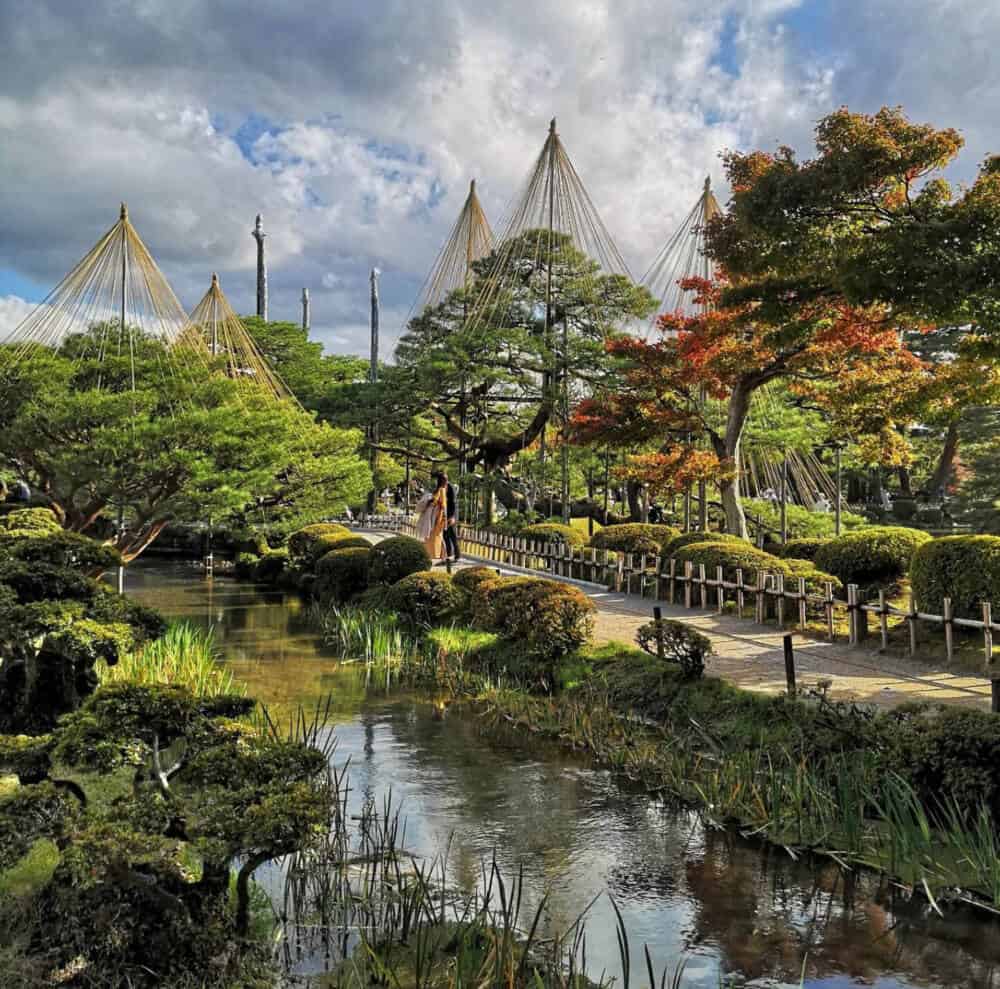
The Samurai District’s historic charm showcases a bygone era, allowing a glimpse into the lives of the samurai.
Miyajima Floating Gate, Hiroshima
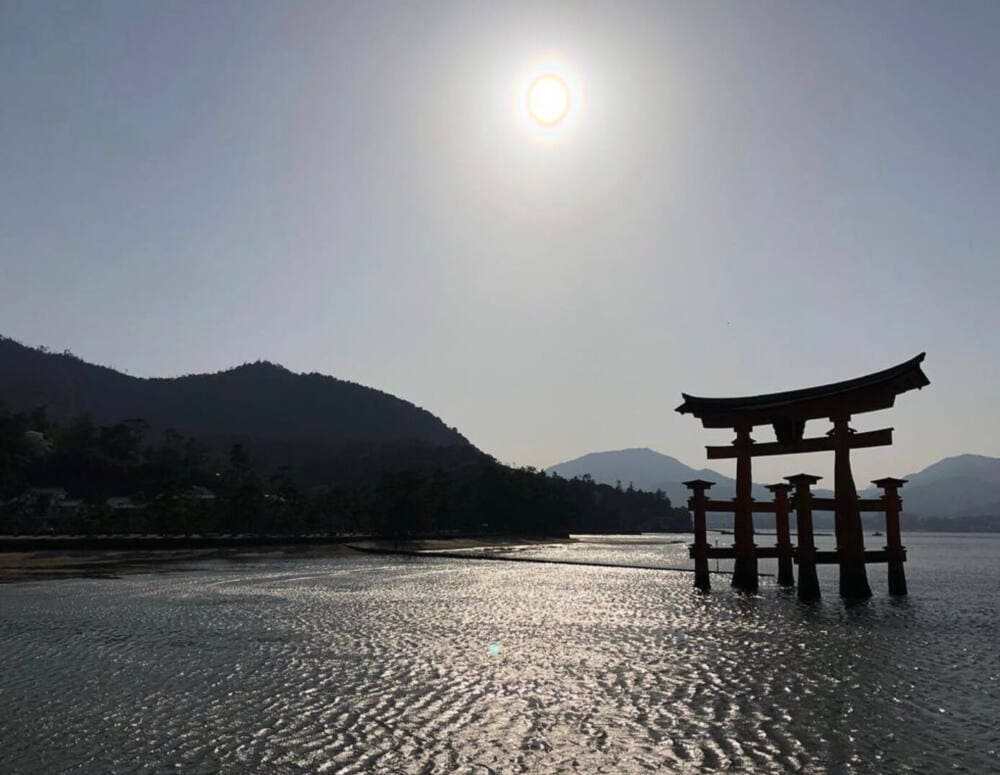
On the sacred island of Miyajima, the Itsukushima Shrine’s iconic vermilion gate seemingly floats on the Seto Inland Sea during high tide.
The gate, or torii, stands as a symbol of spiritual transition. Explore the tranquil island atmosphere, savor local seafood delights, and absorb the natural beauty of this UNESCO World Heritage Site.
Conclusion
Japan’s historical sites aren’t just landmarks; they are portals to a captivating past and a vibrant culture. Explore these treasures, and let the whispers of history guide you on an unforgettable journey through the heart of Japan’s heritage.
My writing focuses on the various aspects of Japanese lifestyle, from traditional tea ceremonies and flower arrangement to modern fashion trends and pop culture. Through my articles, I aim to share my passion for Japan and provide readers with a glimpse into the rich and diverse world of Japanese culture.
I believe that the key to understanding Japanese lifestyle is to appreciate the balance between tradition and innovation. While Japan has a rich cultural heritage that dates back centuries, it is also a country that is constantly evolving and embracing new ideas and technologies.
Whether you’re interested in learning about the latest fashion trends in Tokyo, or want to explore the ancient art of calligraphy, my writing will take you on a journey through the many facets of Japanese lifestyle. So join me as we explore the beauty and complexity of this fascinating culture together!





